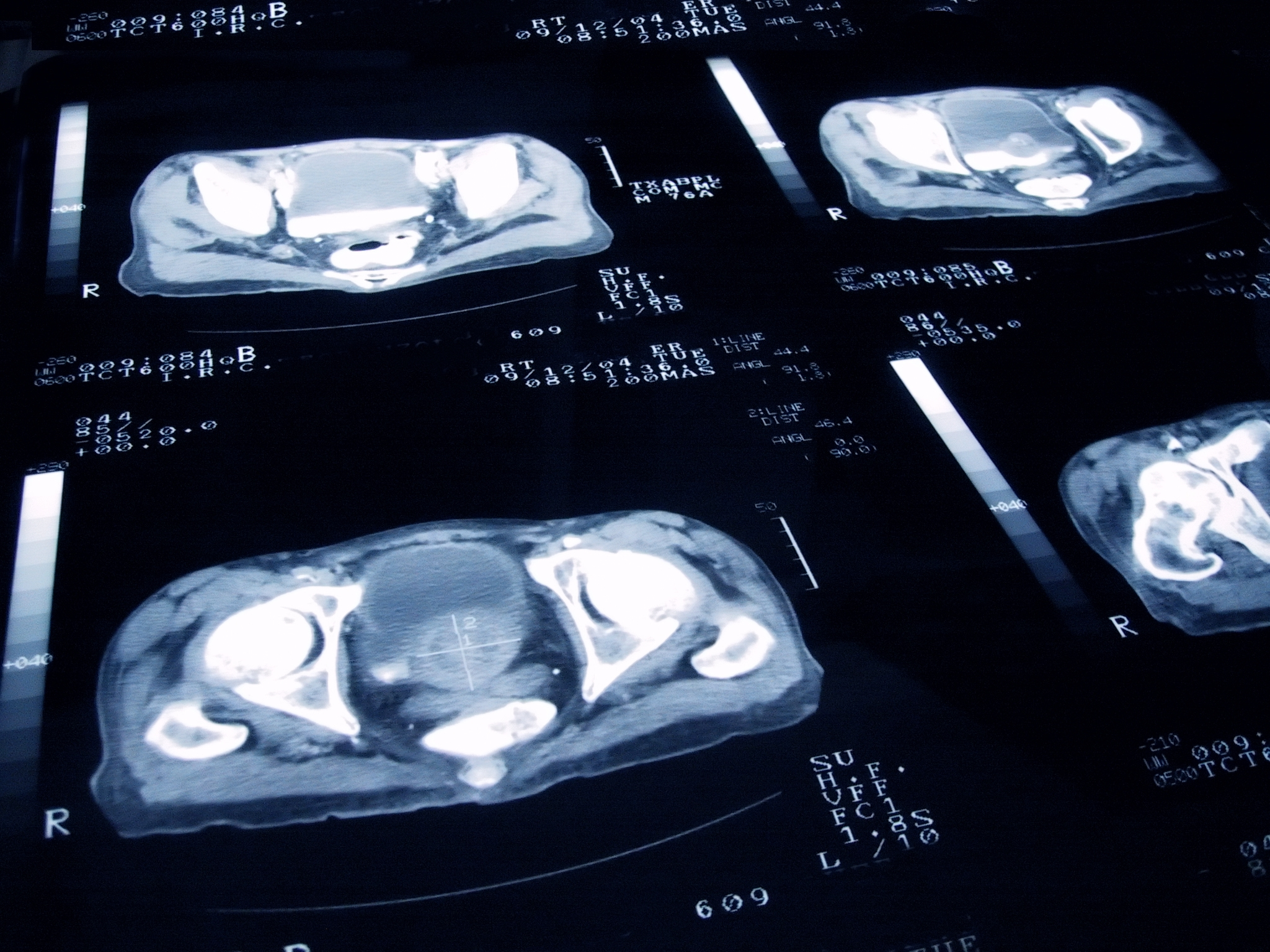Prostate cancer is a disease that impacts hundreds of thousands of American men. Each year, more than 169,000 new cases of this deadly cancer are diagnosed according to the American Cancer Society¹, and men over the age of 65 are especially at risk.
Getting diagnosed with prostate cancer doesn’t mean you’re facing death – but the earlier this disease is detected, the better your prognosis may be. Recognizing the early signs of prostate cancer gives you a great chance of survival.
 Early Signs of Prostate Cancer
Early Signs of Prostate Cancer
Prostate cancer is a tricky form of cancer to diagnose. Though the overall prognosis is positive in comparison to other types of cancer, men aren’t usually screened for prostate cancer until their 40s or 50s according to the Prostate Cancer Foundation². Screenings are the only way to detect the signs of prostate cancer as early as possible.
If you have yet to receive regular prostate cancer screenings, be on the lookout for the following symptoms as they could be the earliest signs of a problem:
Urinary Problems: One of the earliest symptoms of prostate cancer is frequent urination. When urinating, you may also experience burning and a weak flow. Prostate cancer’s most troubling early sign is blood in the urine, Prostate Cancer News Today reports³.
Sexual Problems: The prostate gland directly impacts your sexual health. While erectile dysfunction can be caused by factors such as low testosterone and fatigue, it can also indicate early prostate cancer. Painful ejaculation can be another cancer symptom.
Body Aches and Pain: When prostate cancer starts to spread, you can expect to experience a lot of body aches. While you may initially have pain only in your prostate area, you may gradually begin to feel discomfort in other places like your hips, lower back, lower thighs, and pelvis.
Be sure to communicate with your doctor; if you’re experiencing any of these symptoms, you should ask for a prostate cancer screening as soon as possible.
Prostate Cancer Treatment Options
Prostate cancer is one type of cancer that has an overall positive prognosis. The American Cancer Society⁴ reports very high survival rates – 99 percent of patients are still alive 5 years after diagnosis, and the 10- and 15-year survival rates are 98 and 96 percent respectively.
Despite these wonderful survival rates, prostate cancer can be deadly, especially in older men. And no matter your prognosis, you still need a treatment plan and regimen that will eliminate your cancer and keep you as healthy as can be.
The following are the most common types of treatment used to fight prostate cancer:
- Constant Monitoring: Because prostate cancer tends to progress very slowly, some men may not need treatment. By constantly monitoring the disease, doctors can keep tabs on its severity.
- Surgery: If the cancer hasn’t spread, surgery can often completely remove the cancer by removing the prostate gland. Open surgery involves making a large incision in your abdomen while laparoscopic surgery is far less invasive. After making small incisions, doctors use tiny cameras and tools to gently cut out the prostate.
- Radiation Therapy: Radiation therapy is a good option for men experiencing early symptoms of prostate cancer. After the specific location of the tumor cells have been mapped out, a physician will use a radiation beam to attack the cancerous area. Multiple treatments are typically needed.
- Hormone Therapy: Hormone therapy is advised when the cancer has spread. Although hormone therapy won’t cure prostate cancer, it can shrink tumors and reduce symptoms. The main goal of this therapy is to limit the body’s production of testosterone, which causes the prostate to grow.
- Chemotherapy: Chemotherapy is often the last resort in treating prostate cancer. Because the drugs administered in chemotherapy are so powerful, patients tend to feel unpleasant side effects including hair loss, vomiting, a weakened immune system, and exhaustion.
Keep an Eye on Your Prostate Health
No matter your age, every man needs to know what prostate cancer looks like and how it can manifest through physical symptoms. When experiencing the early symptoms of prostate cancer, it’s important to explore all avenues. Doing your own research into the symptoms and the available treatment options will give you the best possible chance of overcoming this disease.
Remember, scientists are working hard to develop new treatments; every year, millions of dollars are spent on finding an effective cure for prostate cancer. Awareness can help you pursue the latest treatments and the most cutting-edge options if you’re suffering from prostate cancer.
Like anything, it’s always a good idea to be aware of the latest research. We recommend comparing at least 3 or 4 options before making a final decision. Doing a search online is typically the quickest, most thorough way to discover all the pros and cons you need to keep in mind.


